PHOTOGRAPHY
Experimenting with Film
My first exposure to photography was through my family’s rafting business. My dad would give my brother and I a cheap disposable camera one or two times each year to take pictures with. Being amazed with the fact that they were waterproof, we would usually waste fifty percent of the exposures on dark, murky shots taken underwater. Those waterproof disposables were very similar to the disposable cameras that my grandfather would carry with him constantly. By all accounts these were terrible cameras. They used cheap plastic lenses with inexpensive ISO 800 film, and every shot was taken with the exact same settings - 30mm ƒ/10 1/100s. Of course, nobody really cared about the technical deficiencies. Going to the drug store to get the cameras developed and rushing to look through what you had created days or weeks ago was a thrill that inserting an SD card into a computer just doesn’t replicate.
I started learning photography as a hobby shortly after I graduated college in May of 2015 in part to get at the feelings I used to have while cranking away at an old disposable. I bought a Sony a6000 and since then I have taken 12,927 pictures. Of those, I have found less than five hundred worth editing and exporting and have printed less than ten. Had I been shooting on disposable cameras I would be averaging roughly one ‘keeper’ for each camera I used (12,927 exposures accounts for about 480 disposable cameras), and I would be averaging about one print for every fifty cameras. Throwing out a majority of your shots is to be expected, especially for a beginner, but I was curious if I might approach photography differently if there were constraints on the system.
About a month ago I decided I would like to try out film photography, so I picked up a Canon A-1 from KEH and some Portra 400 film. I already had a 50mm prime lens that I was using with an adapter on my Sony. There’s something very satisfying about using the Canon A-1. While it’s easier to miss a shot, the deliberate nature of each picture makes slowing down and considering composition easier. Taking pictures with the A-1 is a decidedly analog process, and I like that.
The pictures that come out of the camera are also great. This mostly a function of the lens and the type of film being used, but the images I got from film seemed to have a life to them that the straight out of camera RAWs don’t have on my Sony. Of course this is to be expected, and it’s not that hard to get the same looks with film emulation from a digital file, but the fact that the look of the images is happening due to chemistry and not messing around with sliders in Lightroom has a certain appeal, it’s also kind of cool to have a booklet full of film negatives rather than ephemeral files on a drive (though I could see this getting annoying).
Here are a few of my favorites from my first roll.
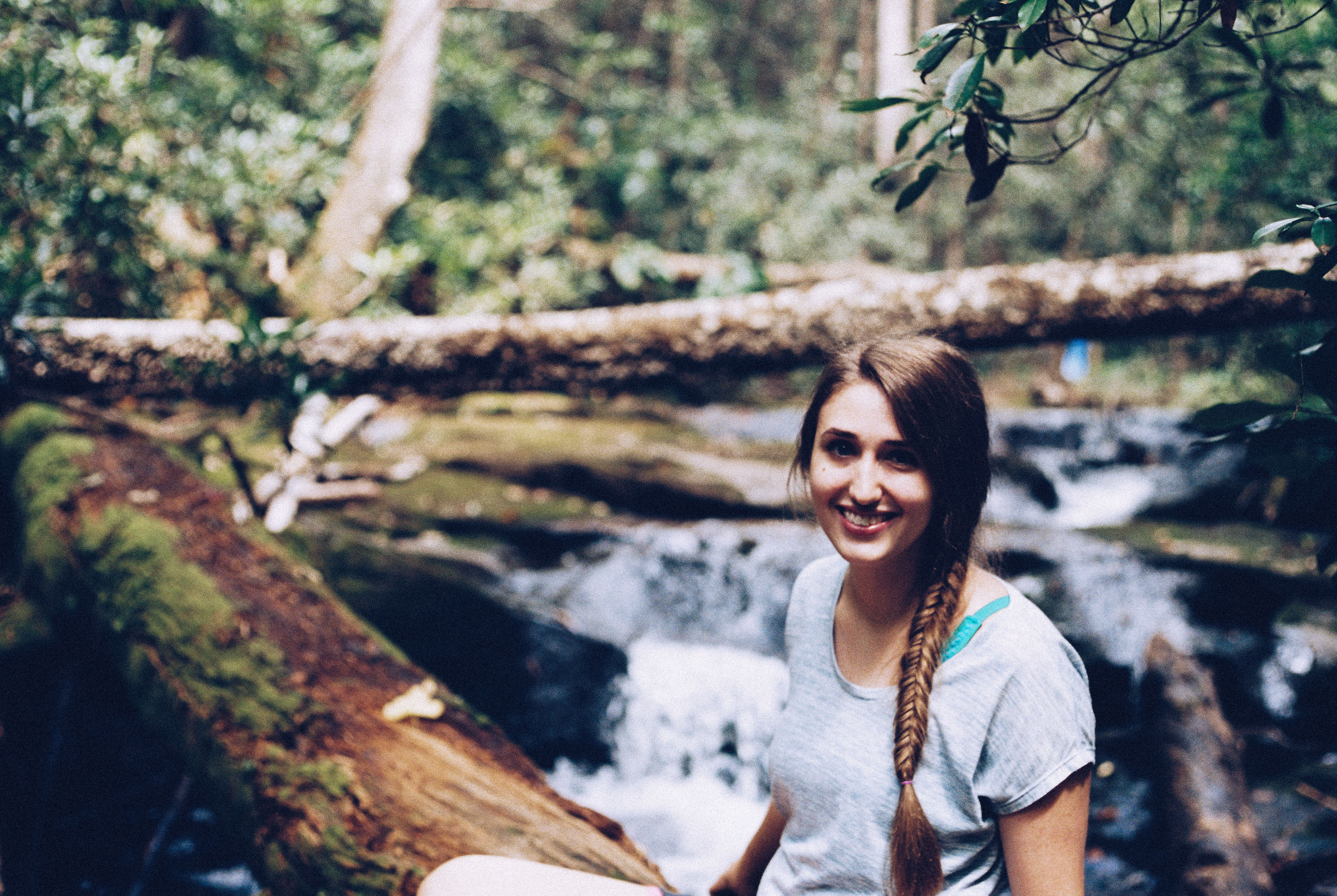
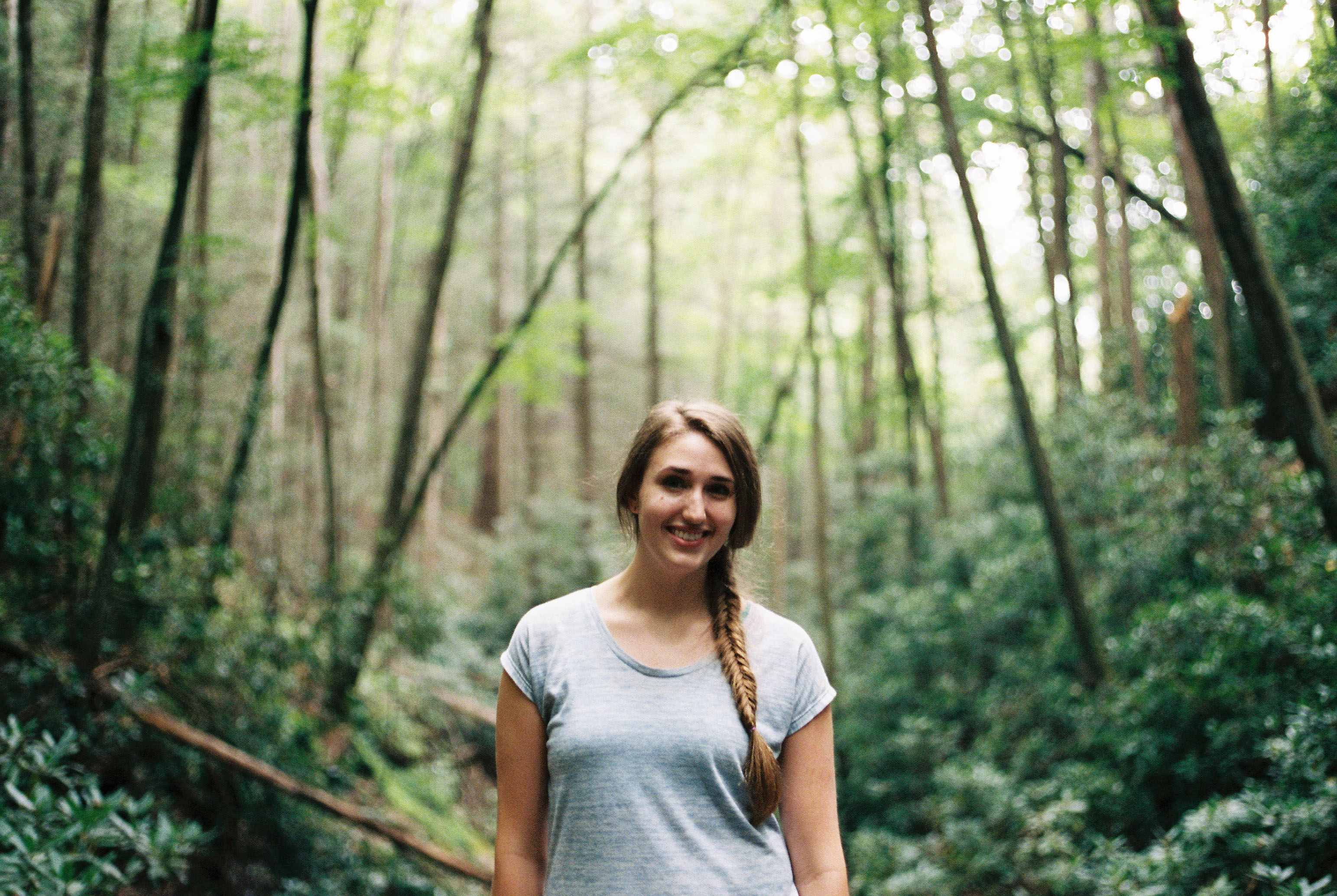
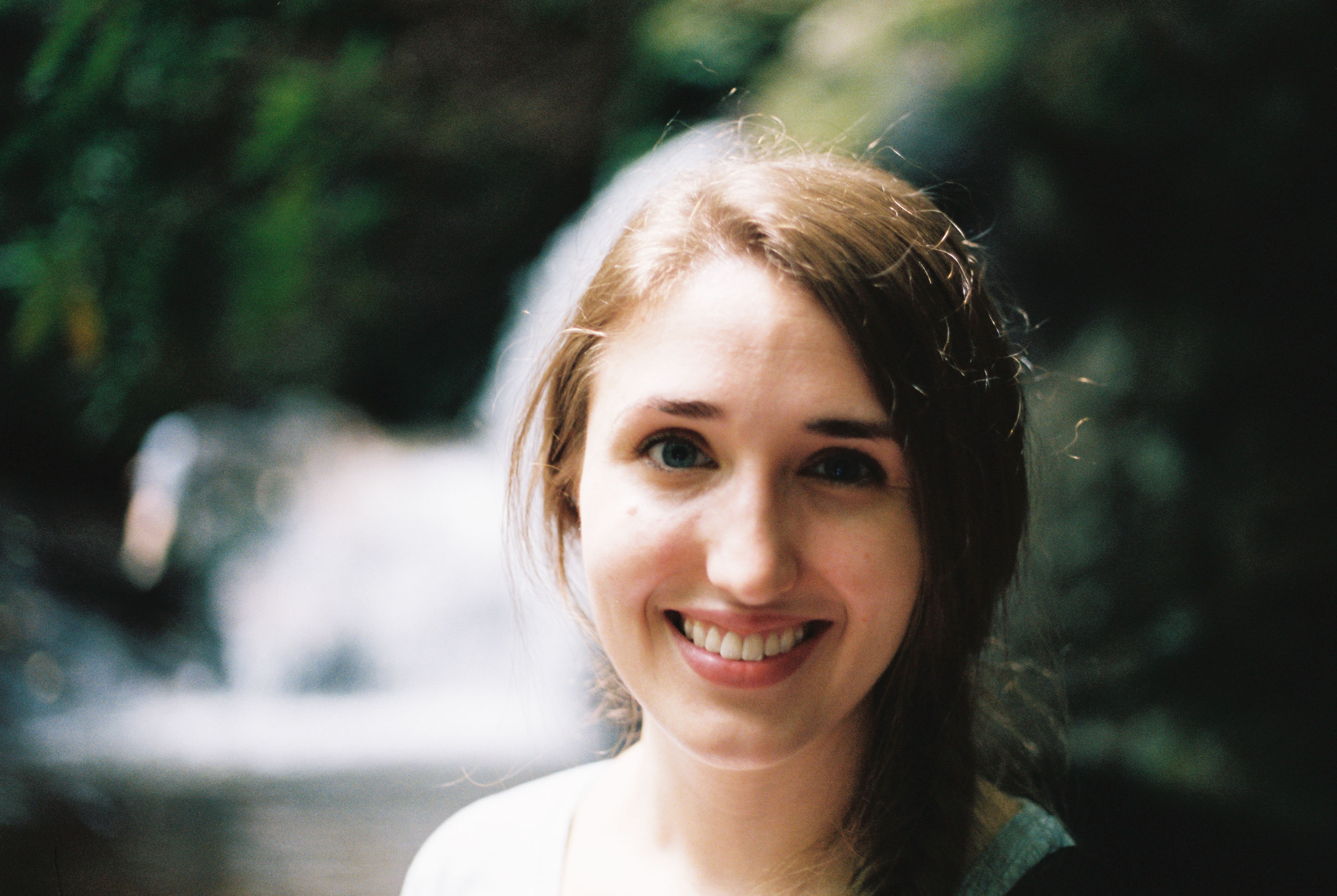
These shots will certainly not win any awards, but I love the colors. The last photo also shows the benefits of 35mm film size for depth of field — for my crop sensor sony you’d need an aperture twice as big to get the same look.
I also took a few photos with both my Sony and the Canon. This was done as more of an attempt to make sure that, if I screwed up the shot with the film camera, I would still have the image than an attempt at a rigorous experiment. Still though I think it’s interesting to look at the differences between the two. Below are a couple images comparing the Sony a6000 with a landscape color profile applied (to prevent flat colors), the Sony a6000 with the VSCO Portra 400 film preset, and the Canon A-1 using actual Portra 400 film. The a6000 was using the Sony 35mm ƒ/1.8 and the A-1 was using a Canon 50mm ƒ/1.8, so their field of view should be roughly the same.
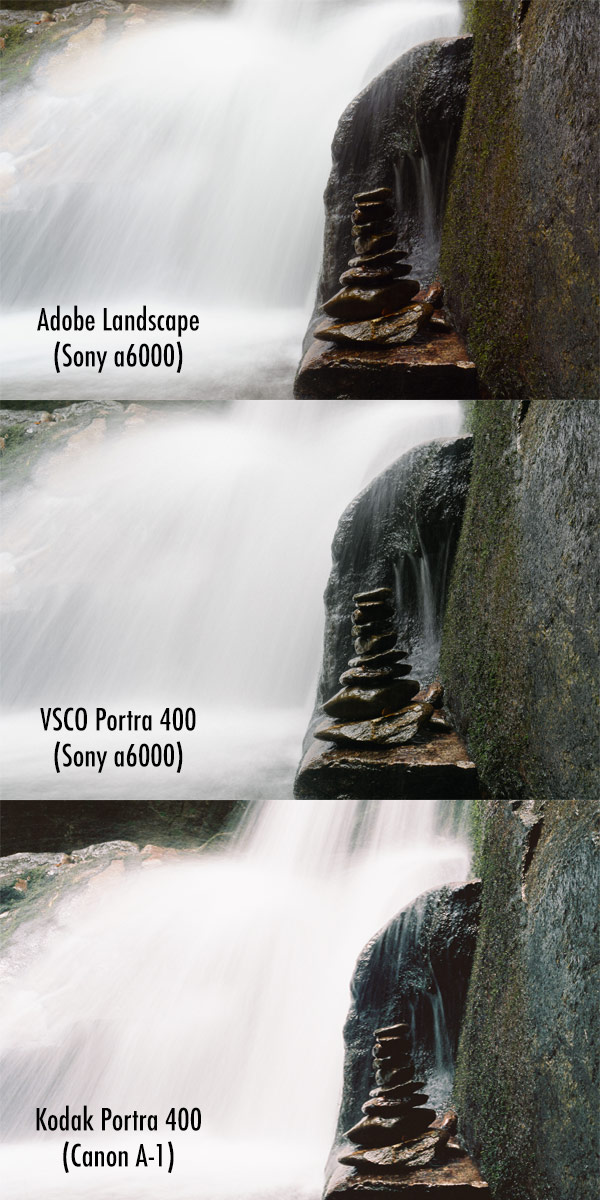
The first thing that strikes me here is how well the VSCO preset mimics the actual film in this scenario - it’s quite impressive. I also feel as though the reds and browns of the first image are a bit too over powering. Overall though the images are pretty similar.
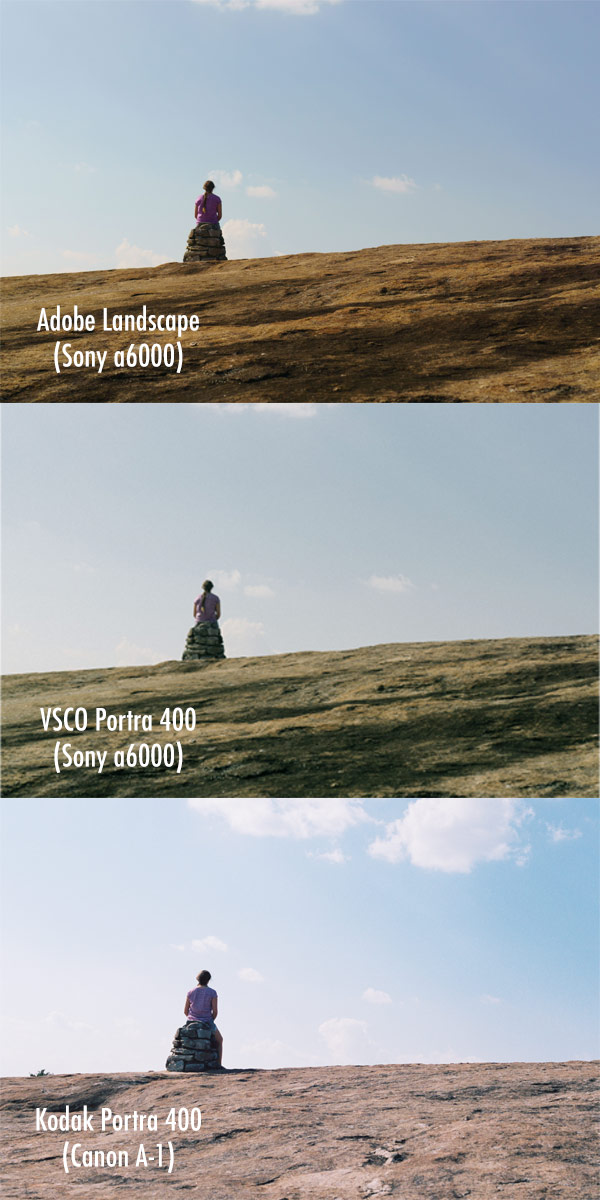
Here you can see a much bigger difference between the three images, and I think the film emulation looks the worst here. I actually think the A-1 had the most realistic rendering of colors here, and I think I can chalk it up to issues with exposing the foreground on the Sony.
These comparisons are in the service of saying that I don’t actually think there is something magic about shooting on film. With a little effort, I could likely replicate the results I’m seeing on film, but I do like the look of the images I’m getting from the A-1. One other small perk is the cost of entrance to this system. With the money spent on a single Sony lens you can buy the A-1 plus a full lineup of primes and still have money left for film and developing.
Going forward I think I’ll be pulling out the A-1 in more situations if I can get over the fear of missing something by using it. There were several shots, like the one below, that were out of focus, and I’m sure that will be more common without the use of auto-focus or aids like focus-peaking. Not to mention that the fact that the ISO is constant for the A-1 while variable on the a6000.
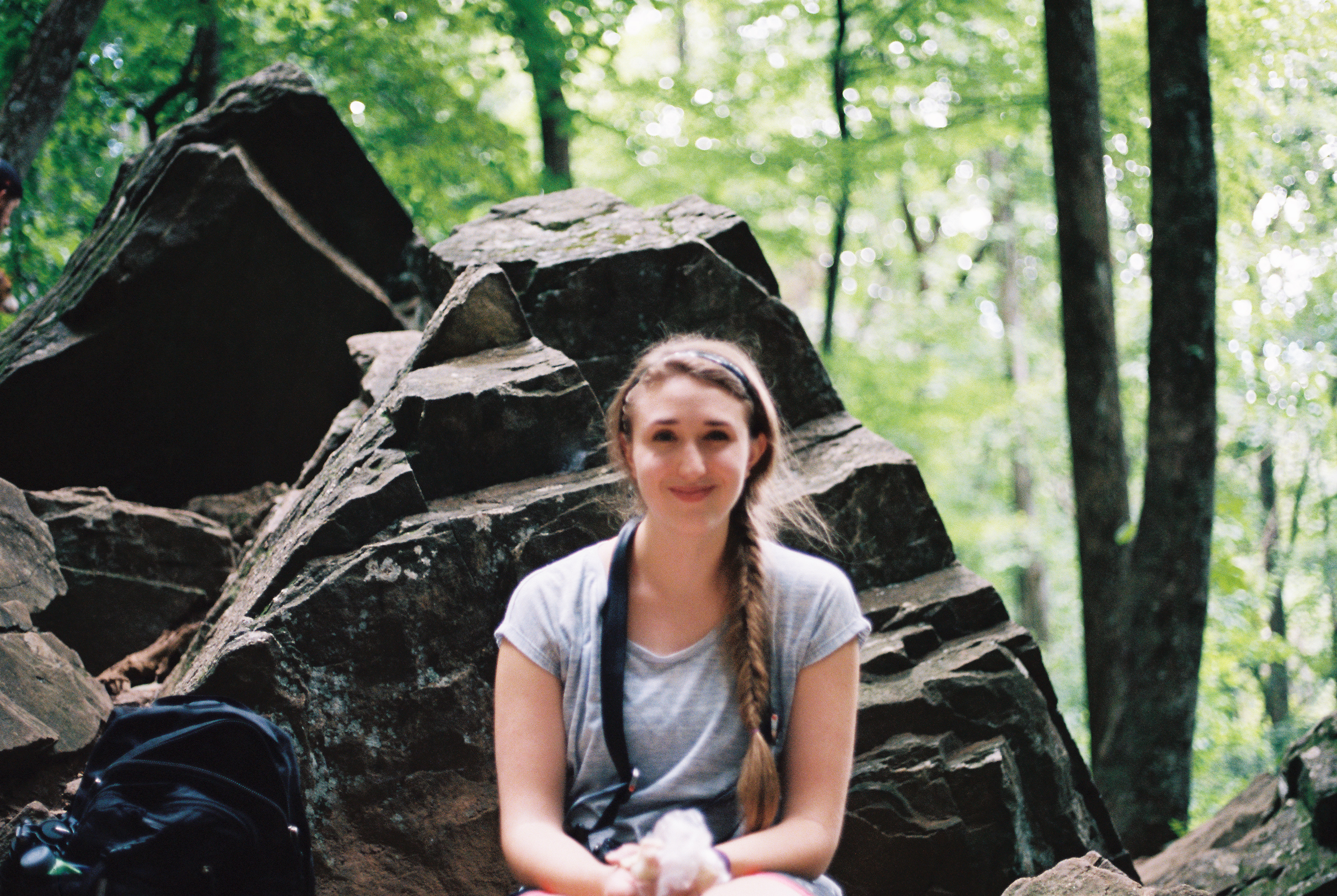
For situations like hiking I’ll likely stick with the a6000 due to weight concerns. The A-1 weighs in at just under two pounds, which is almost double the just over one pound a6000. I also plan on developing film myself once I can convince Cameron it’s safe to do in our bathtub.